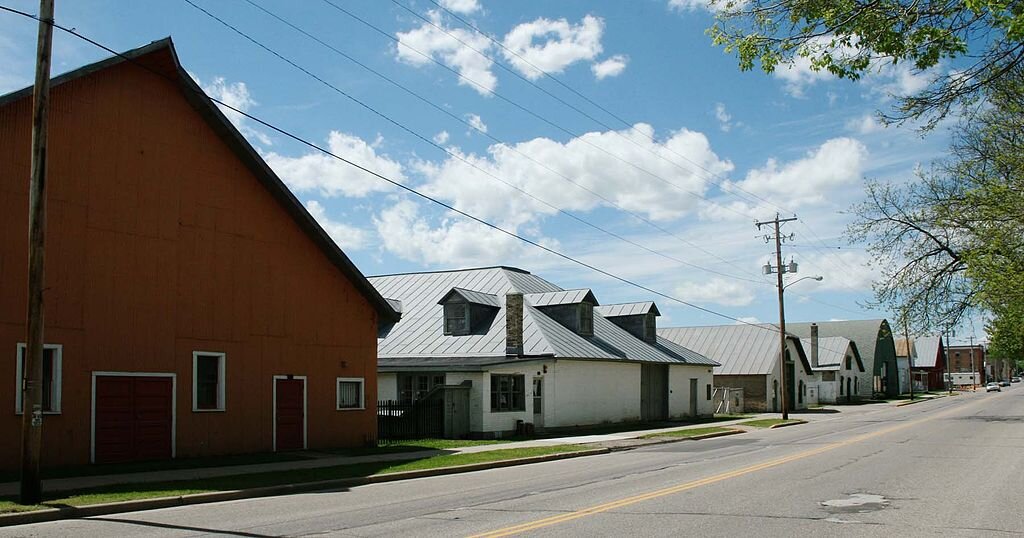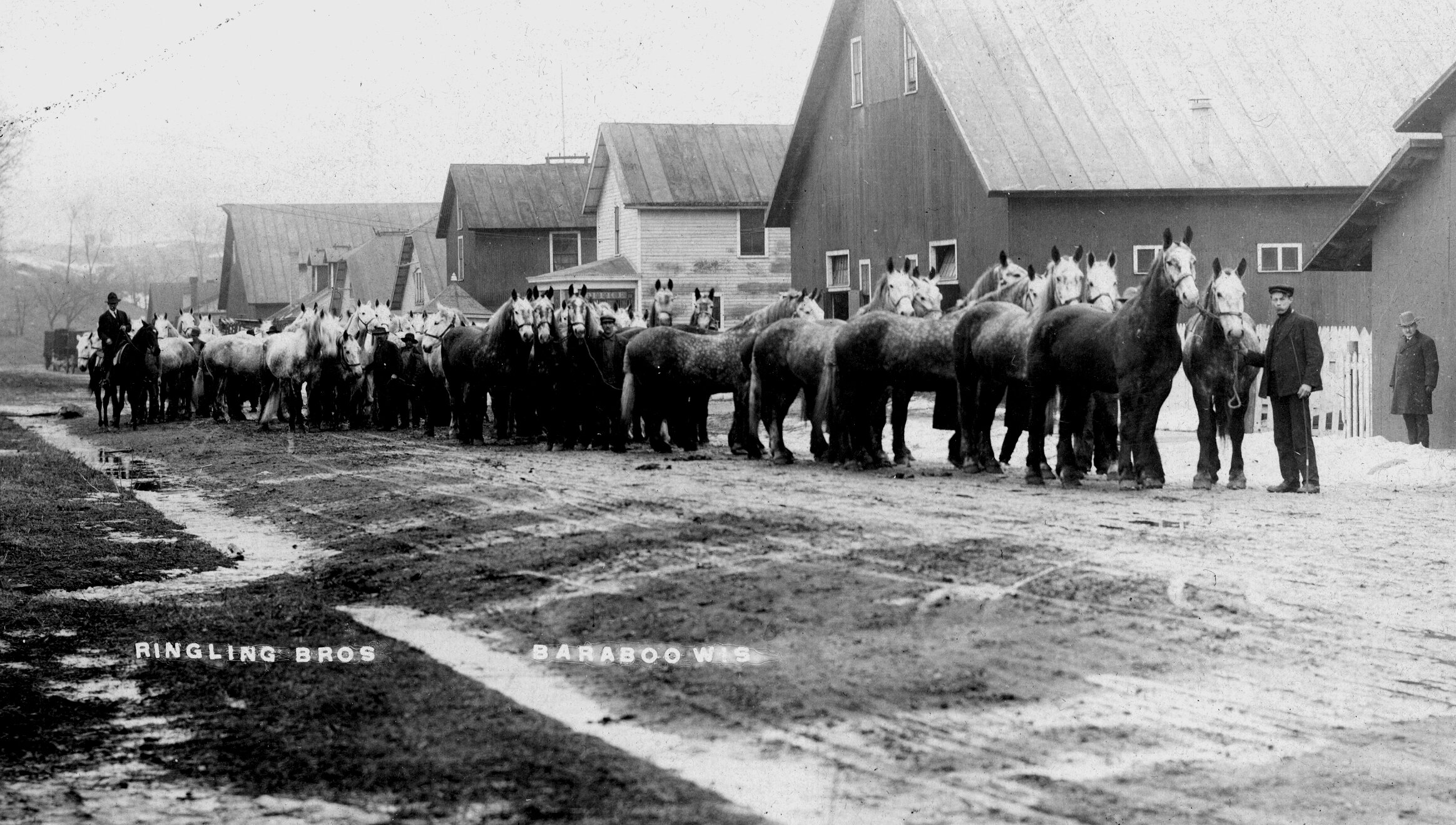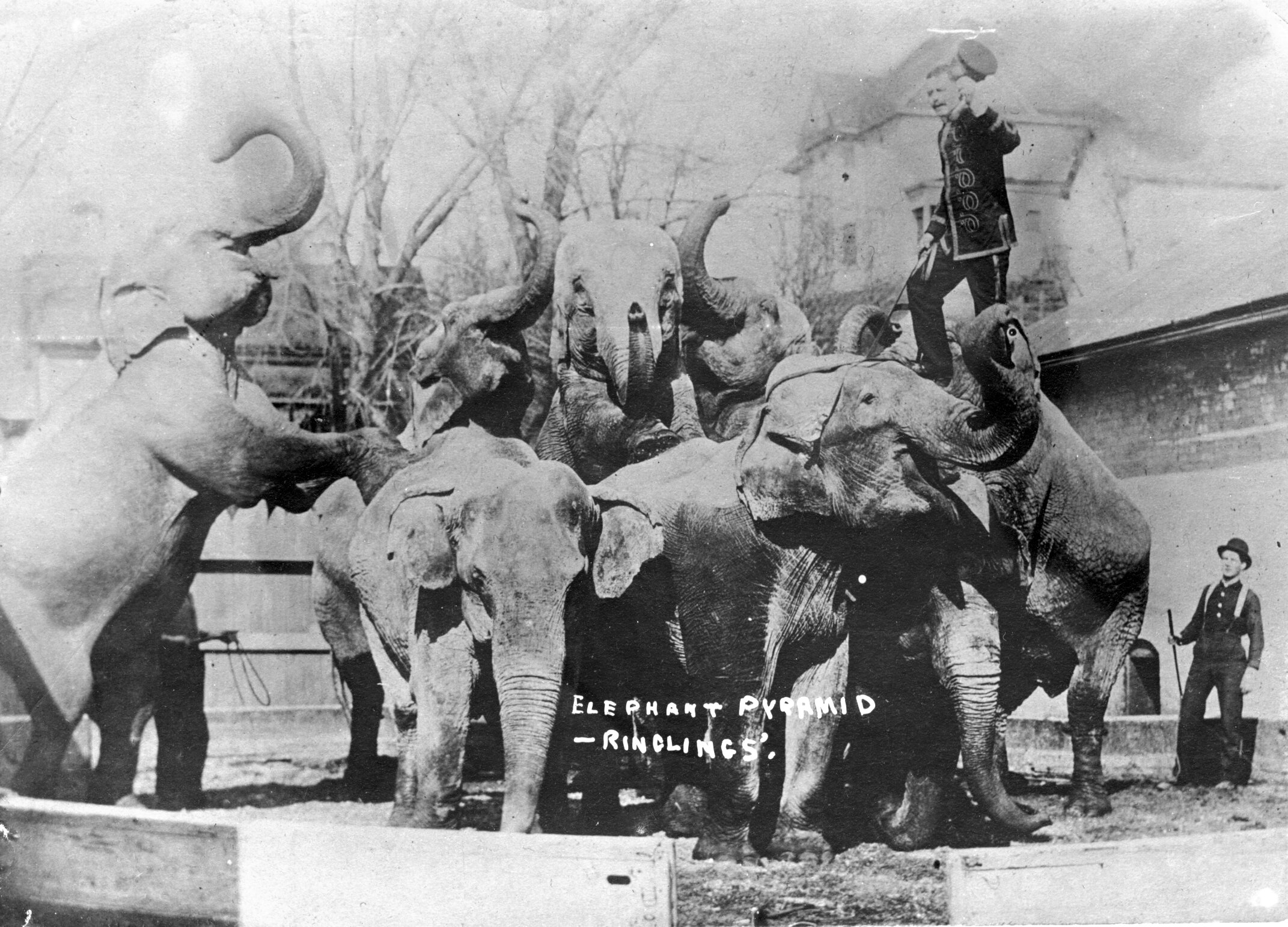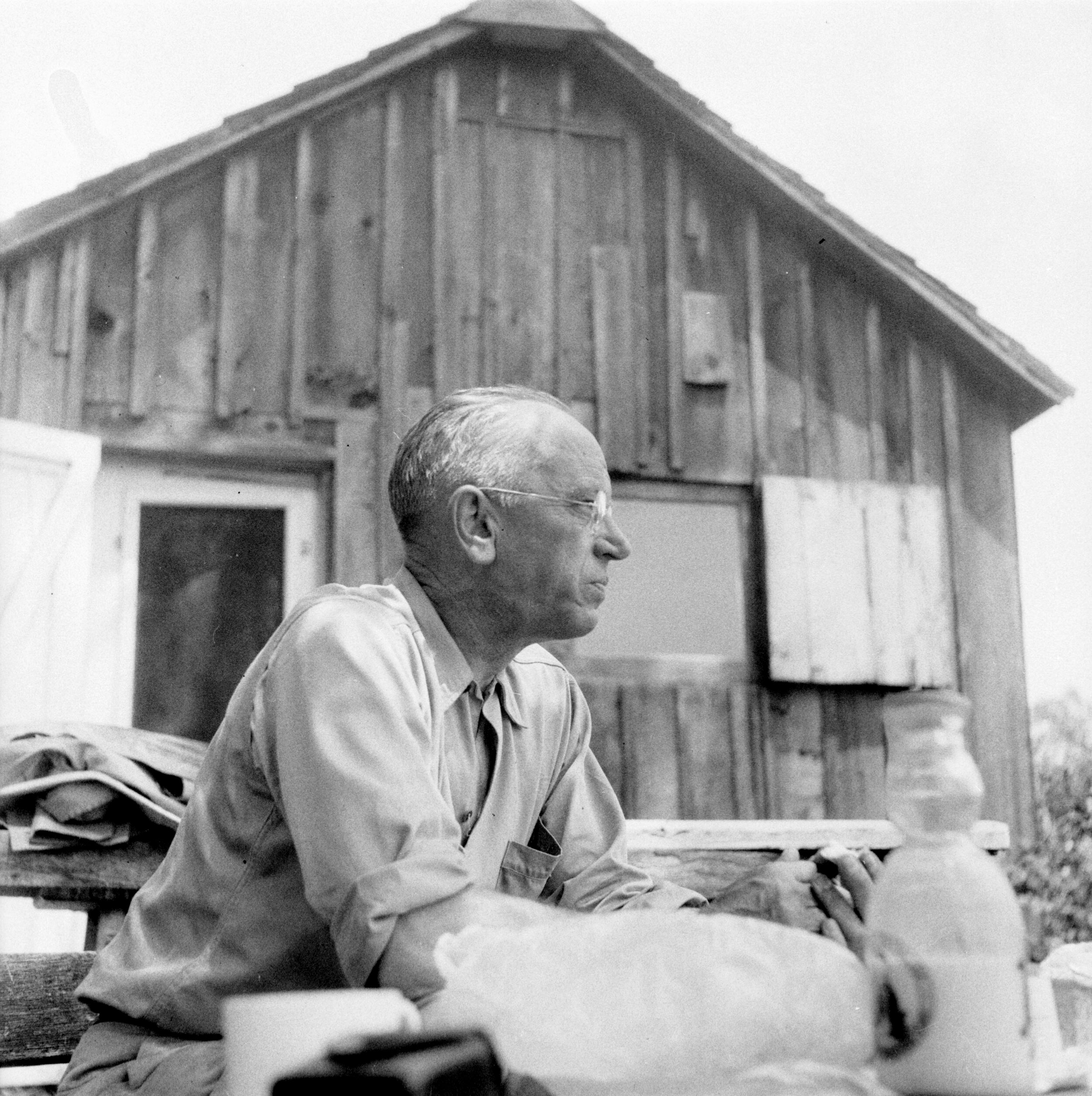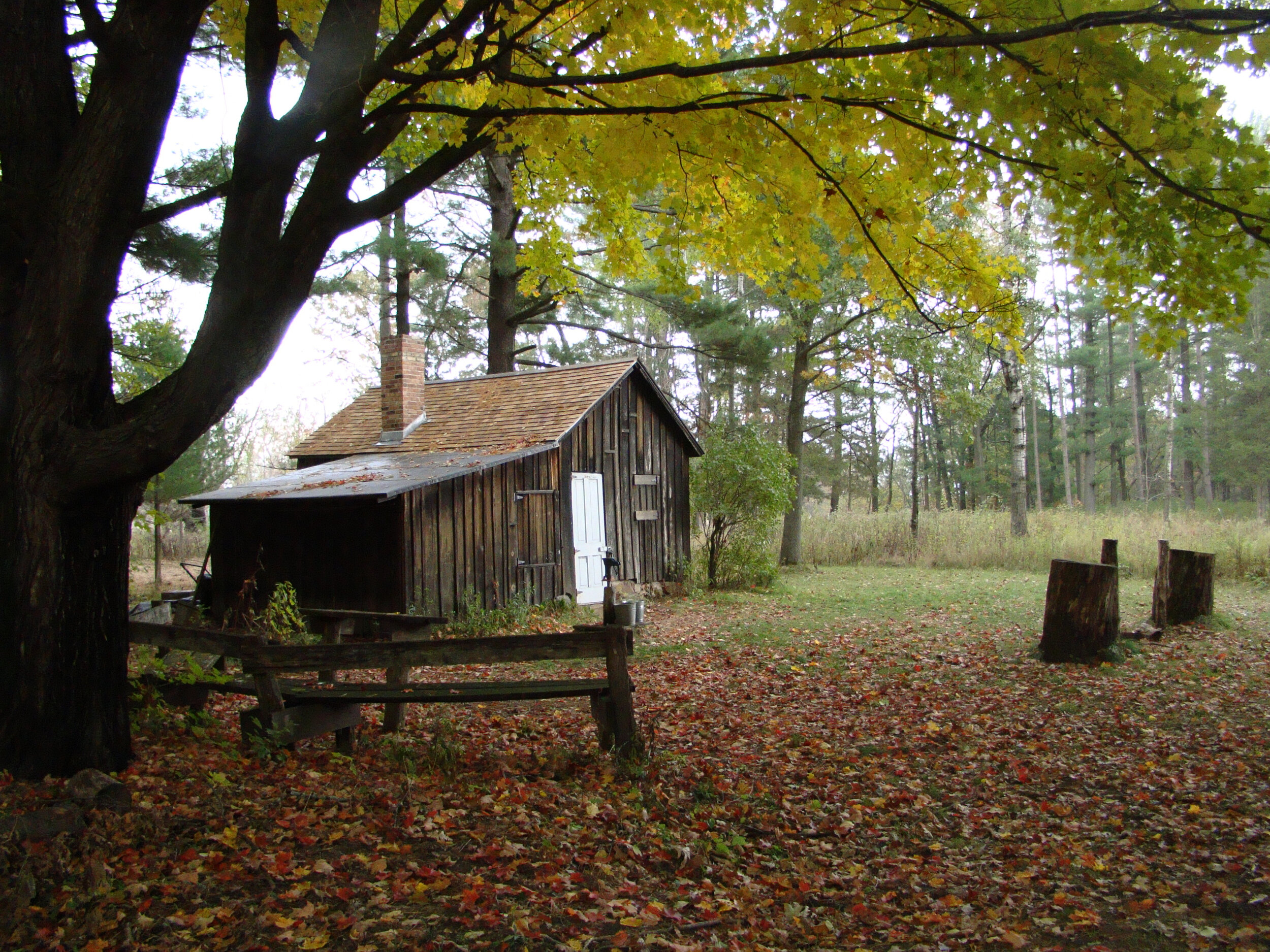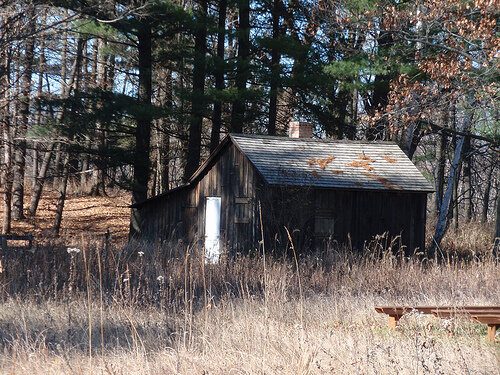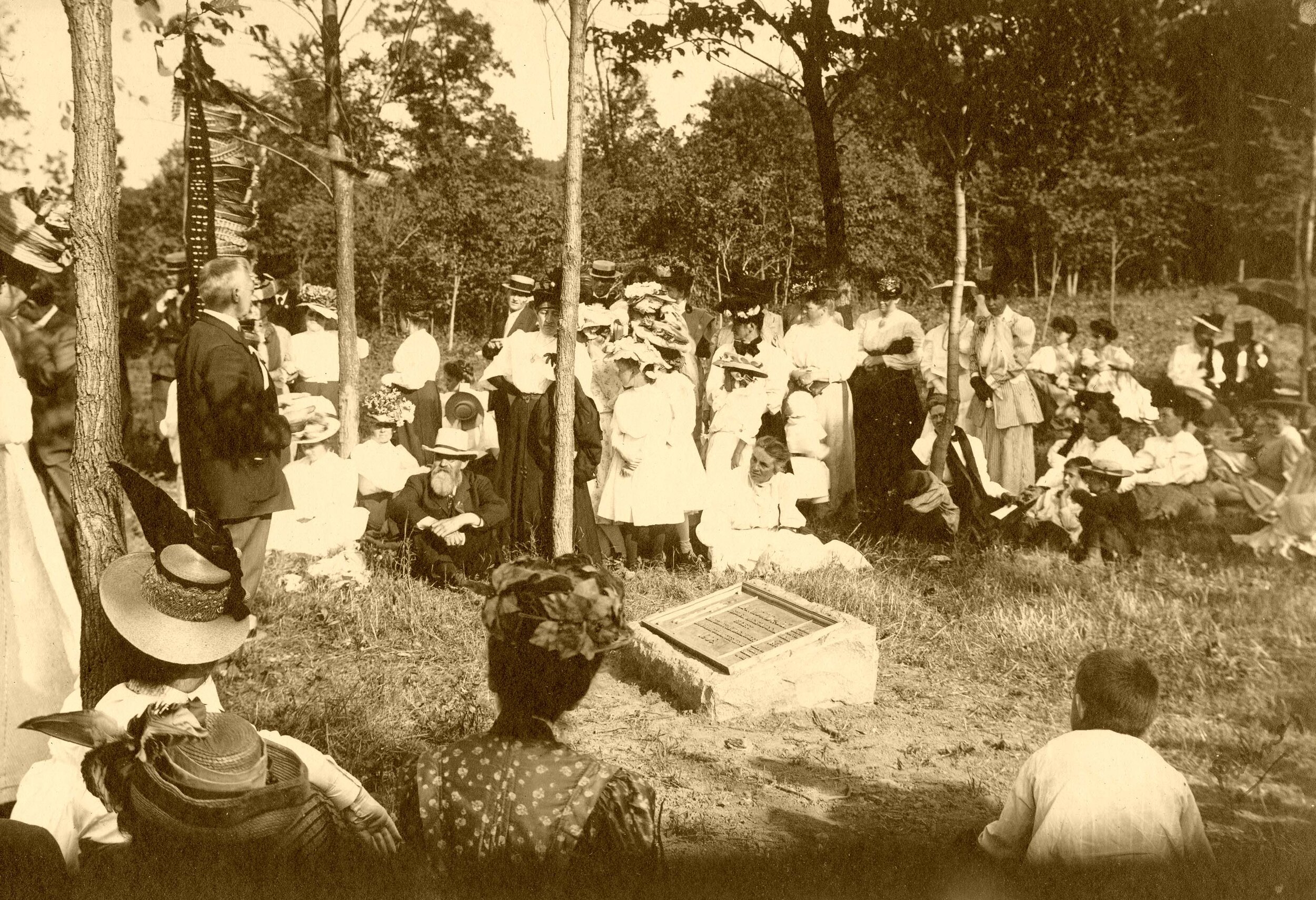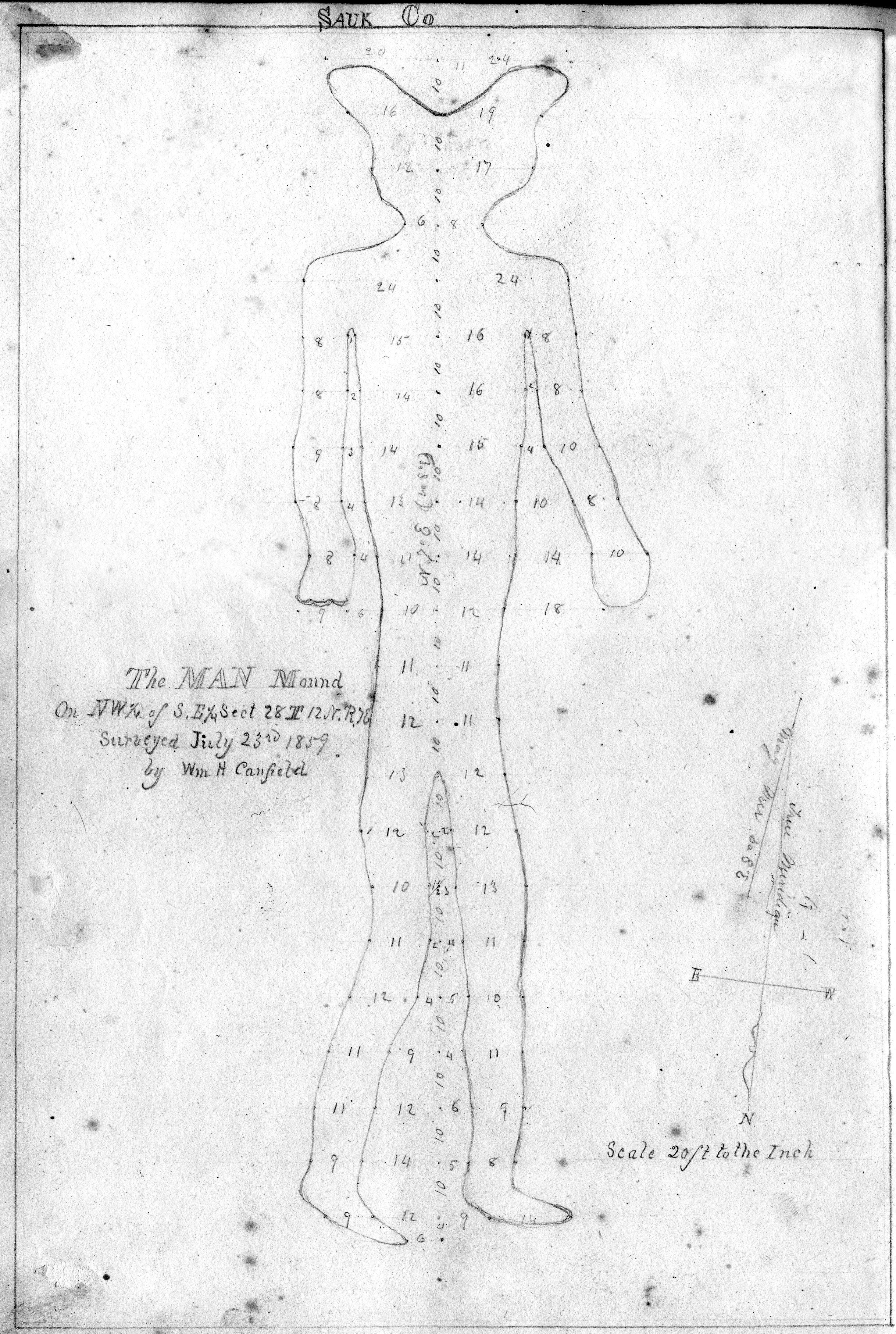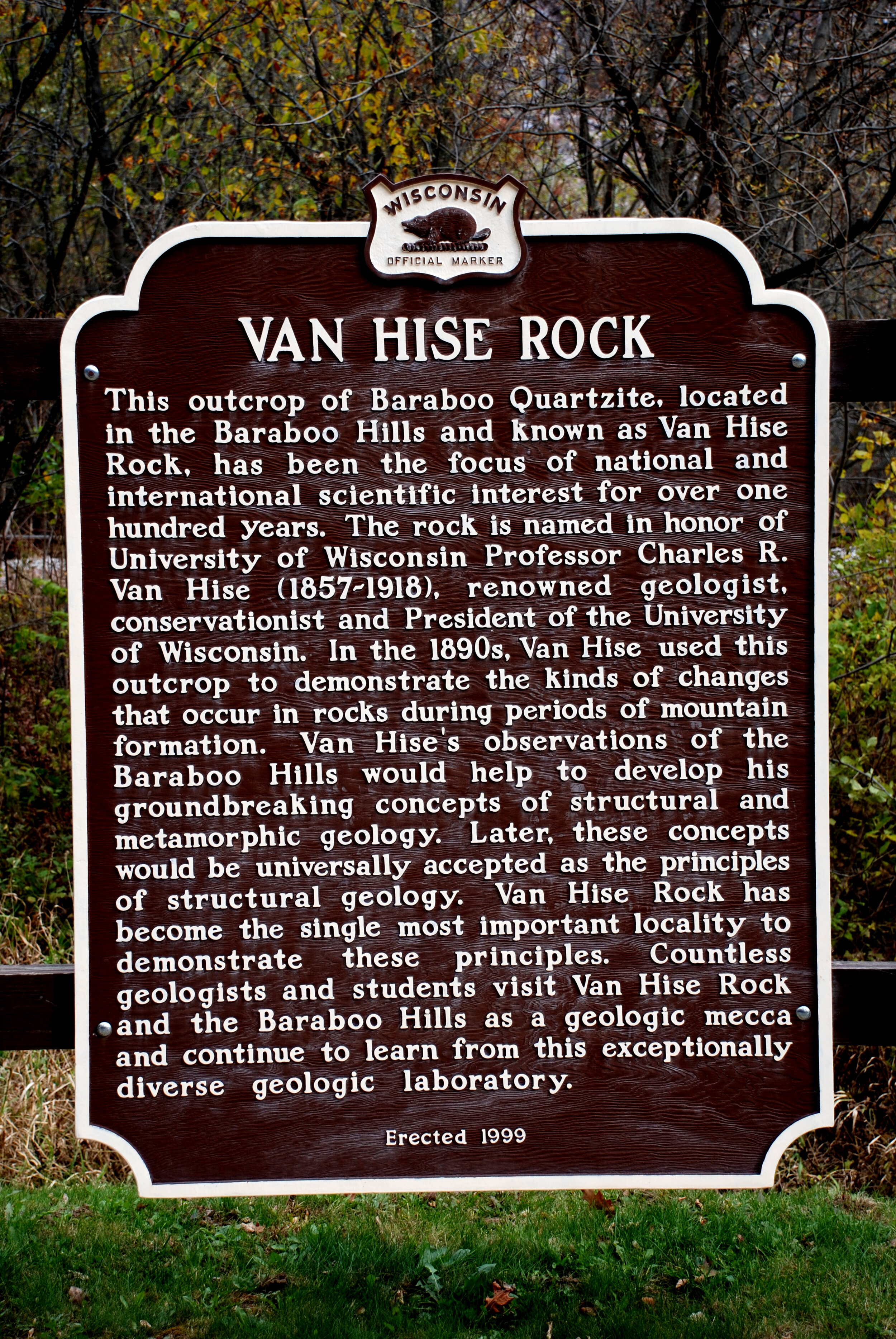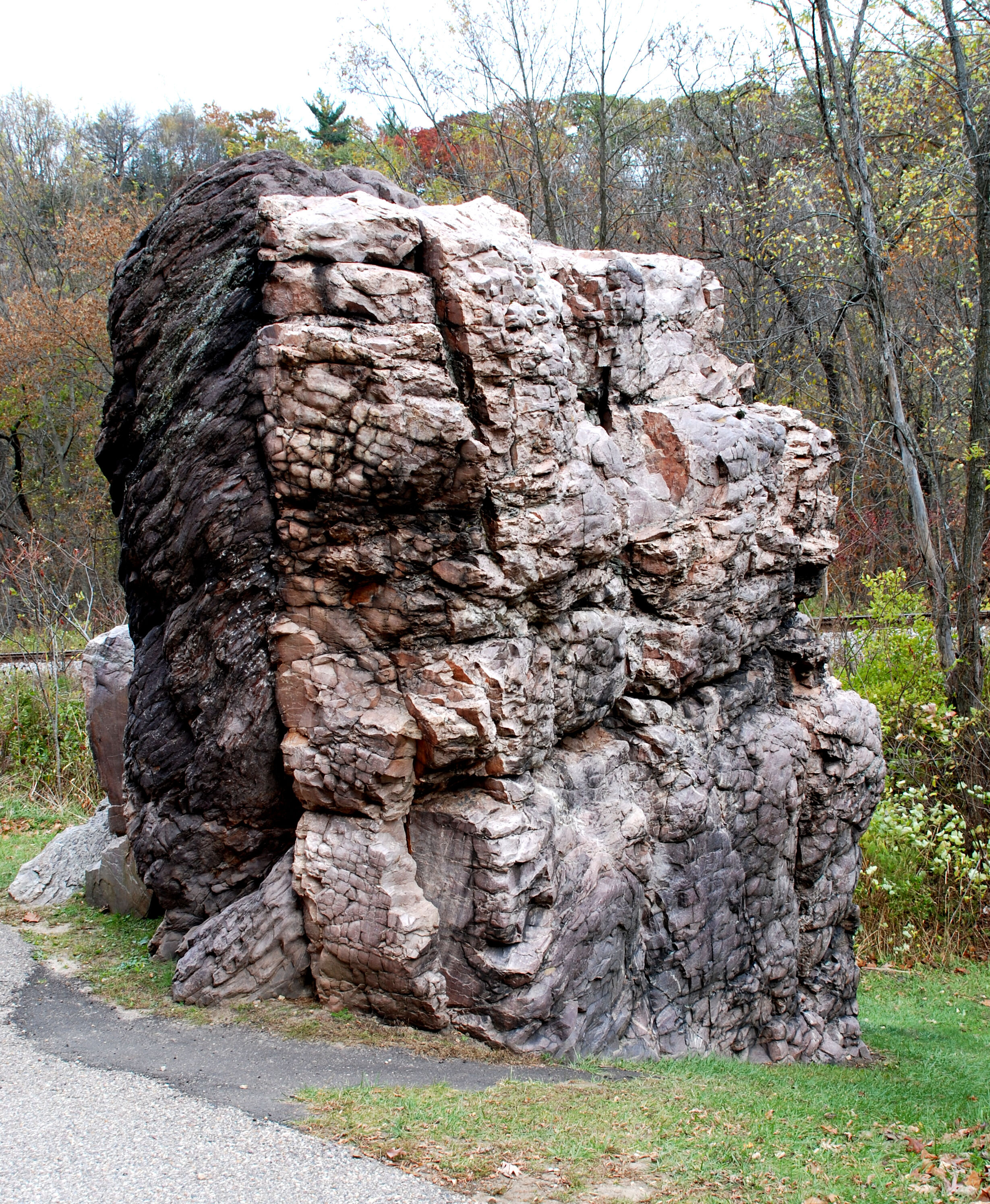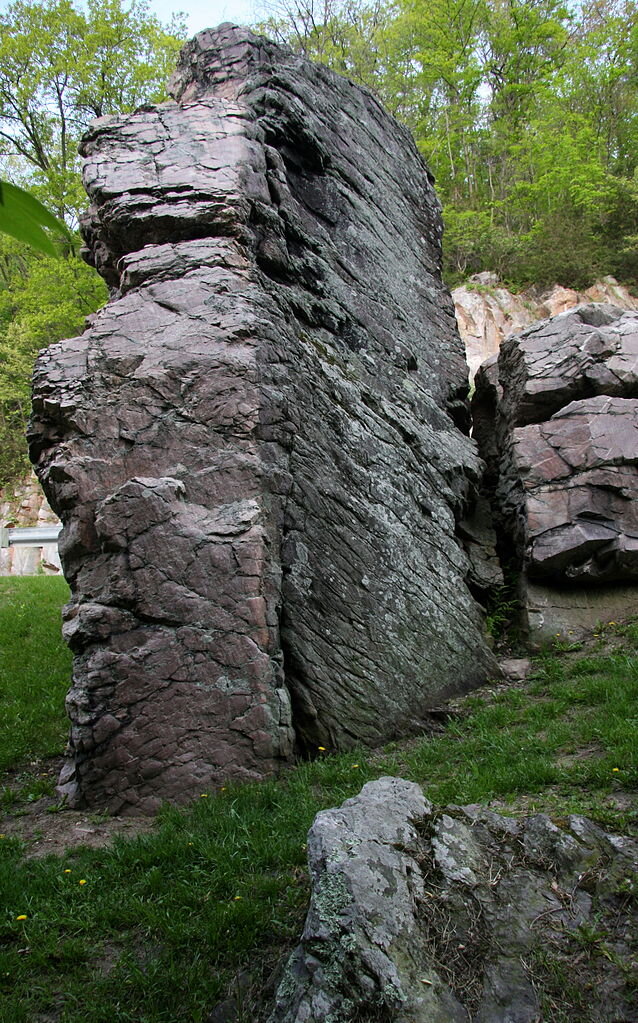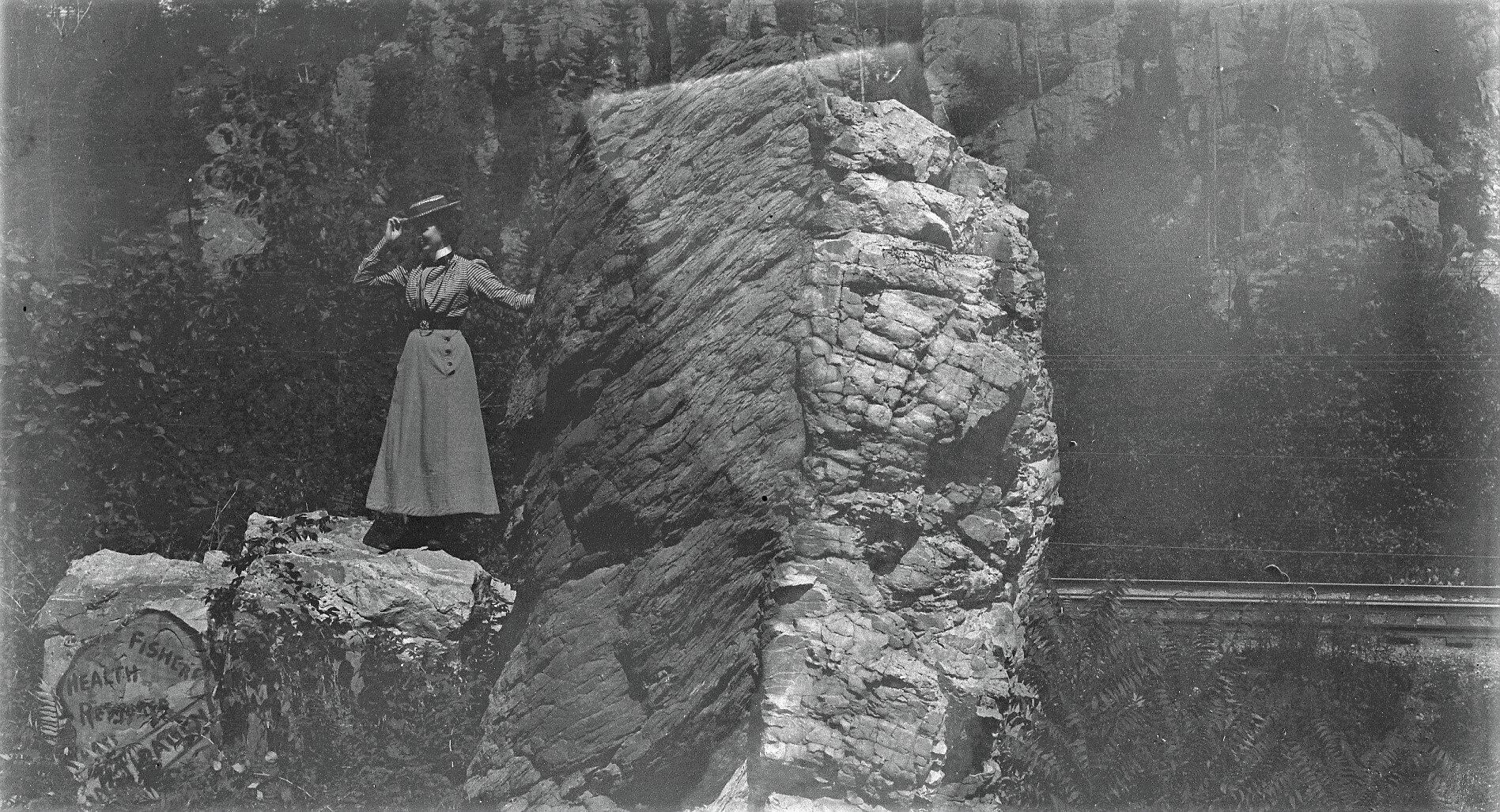Sauk County’s National Historic Landmarks
Ringling Brothers Circus Winter Headquarters - In 1884 five of the seven sons of August Ringling started a circus in Baraboo. The circus grew steadily and every fall it returned to Baraboo with an ever growing menagerie of animals and equipment. The Ringling brothers purchased property along the banks of the Baraboo River for use as their winter headquarters and soon a collection of buildings which became known as “Ringlingville” developed. Ten of the original twenty-five winter quarters buildings remain standing today making it the largest grouping of circus structures left in the country. Ringling Brothers Circus Winter Head Quarters was listed on the National Register and became a National Historic Landmark in 1969. For more information visit https://www.circusworldbaraboo.org/our-treasures/ringlingville/
Aldo Leopold Shack and Farm – Known today for its association with acclaimed wildlife ecologist and author, Aldo Leopold, the shack was originally a chicken coop on a played out farm which Leopold purchased in 1935. The building was enlarged and modified for use by the Leopold family when they would come to work and relax at the property. In 1967 the family deeded the farm to the Aldo Leopold Sand County Trust and the following year it became part of the Leopold Memorial Reserve. The property was added to the National Register in 1978 and became a National Historic Landmark in 2009. For more information visit https://www.aldoleopold.org
Man Mound – The man-shaped effigy mound in the Town of Greenfield dates to the Late Woodland Period (AD 750-1200) and is the only surviving earthen anthropomorphic effigy in the world. Surveyed in 1859 by Sauk County surveyor and historian William H. Canfield, the mound property was purchased in 1907 by the Sauk County Historical Society, the Wisconsin Archeological Society and the Federated Womens Clubs of Wisconsin. Though the lower legs and feet of the mound were destroyed with the creation of a road through the area, most of the mound is still visible today at Man Mound Park. Man Mound was listed on the National Register in 1978 and became a National Historic Landmark in 2016. For more information visit https://saukcountyhistory.org/man-mound-park
Van Hise Rock - Located near Rock Springs, Van Hise Rock is an erosional remnant standing nearly 14 feet high and 6 feet wide and is composed of two distinct layers of quartzite. The rock was named after Charles Richard Van Hise, a preeminent 19th century geologist who used the rock to teach students about Precambrian rock formations in the Wisconsin River Valley and specifically the Baraboo District. Van Hise fully understood the complex structural geology of the area and the rock continues to serve as a hands-on field laboratory for geologists and students. Van Hise Rock was listed on the National Register and became a National Historic Landmark in 1997. For more information visit https://en.wikipedia.org/wiki/Van_Hise_Rock
National Register of Historic Places vs National Historic Landmark
You’ve probably heard of the National Register of Historic Places, the federal government's official list of districts, sites, buildings, structures and objects deemed worthy of preservation for their historical significance. But have you heard of National Historic Landmarks or NHLs? An NHL is a building, district, object, site, or structure that is officially recognized by the United States government for its outstanding historical significance.
What’s the difference between a property on the National Register of Historic Places and one listed as a National Historic Landmark?
It all boils down to the level of significance.
National Register properties tell stories that are important to a local community, the residents of a specific state, or to all Americans and properties and must possess a minimum threshold of historic integrity. There are more than one million properties on the National Register. Ninety thousand properties are listed individually. The remainder are contributing resources within historic districts.
Currently Sauk County has 56 individual listings on the National Register along with four historic districts which encompass hundreds of contributing properties. The first listing on the National Register of Historic Places in Sauk County was Ringling Brothers Circus Winter Headquarters in Baraboo in 1969 and the most recent was the Freedom Mine near La Rue in 2020.
Sauk County has perhaps the most diverse National Register listings of any county in the state of Wisconsin, with listed properties including rock formations, effigy mounds, a bridge, a steam engine, a state park, a circus winter quarters, a submerged iron mine, numerous houses and commercial buildings and even a Frank Lloyd Wright designed cottage.
For more information on the National Register listings in Sauk County can be found at https://en.wikipedia.org/wiki/National_Register_of_Historic_Places_listings_in_Sauk_County,_Wisconsin
National Historic Landmarks tell stories that are important to the history of the entire nation, not just local communities or states. These properties must possess a high degree of historic integrity. There are about 2,600 properties designated as National Historic Landmarks across the United States. So only about 3% of the properties that are listed individually on the National Register are also listed as National Historic Landmarks
Wisconsin has 43 properties listed as National Historical Landmarks and 4 of them are in Sauk County or about 10 percent of Wisconsin’s total. They include the Aldo Leopold Shack and Farm, Ringling Brothers Circus Winter Headquarters, Van Hise Rock and Man Mound.
For the complete list of Wisconsin properties listed as National Historic Landmarks can be found at https://en.wikipedia.org/wiki/List_of_National_Historic_Landmarks_in_Wisconsin


